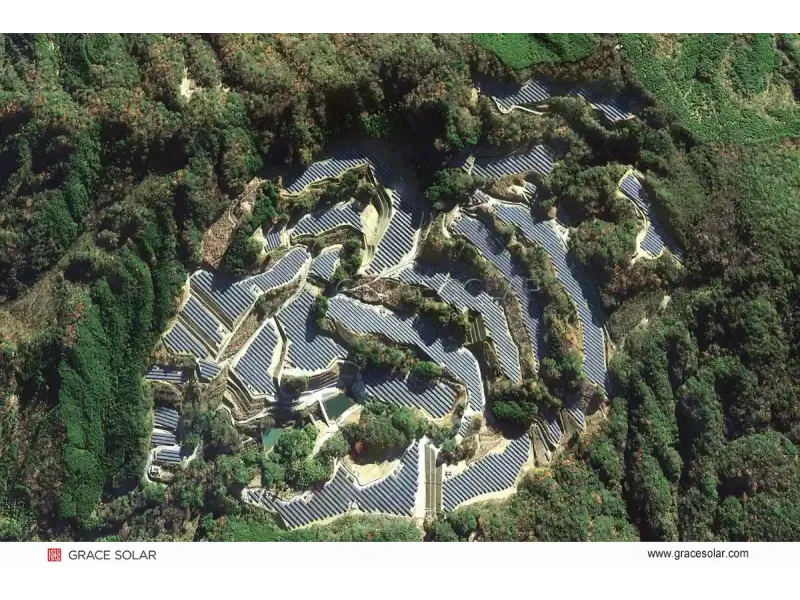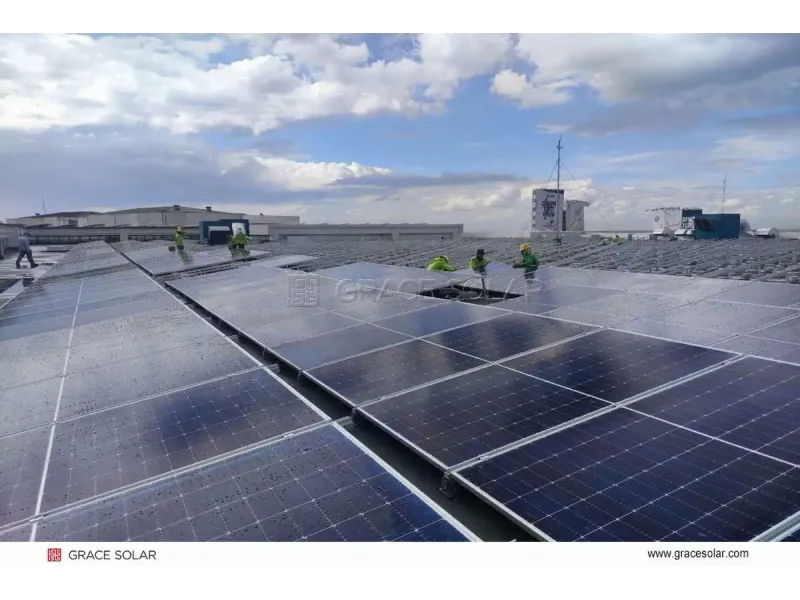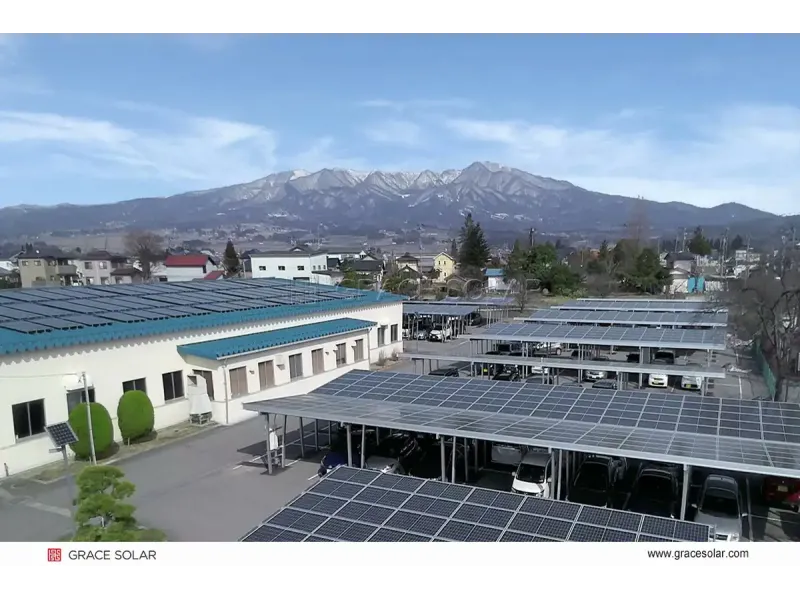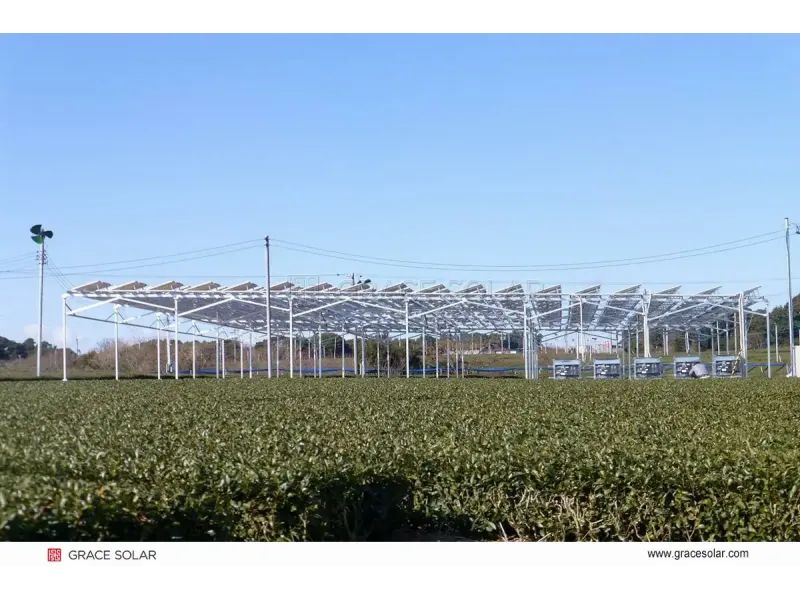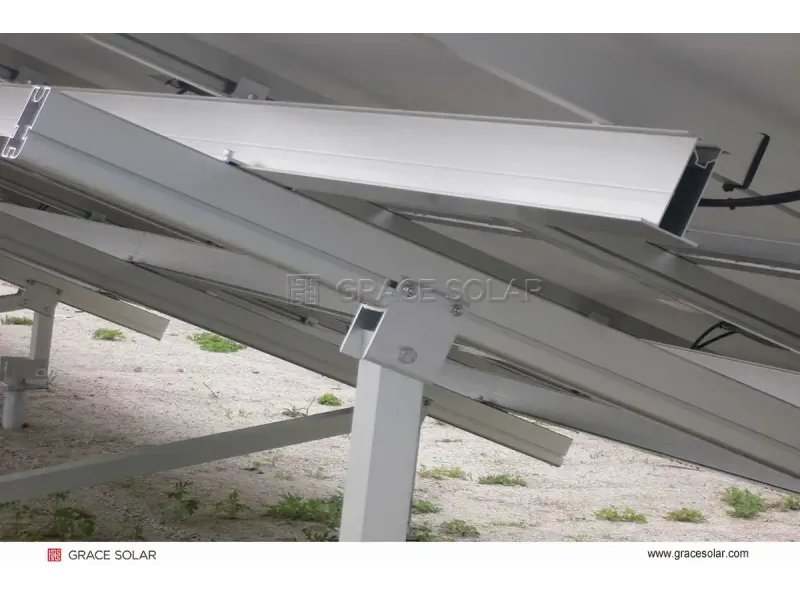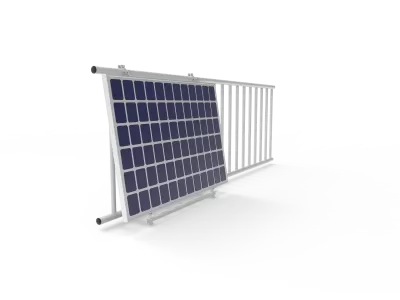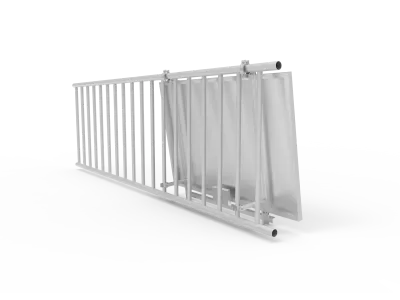While single axis solar trackers boost energy yields by 25-35% over fixed systems, they present significant challenges in complex environments. This analysis examines terrain limitations, wind vulnerabilities, and operational costs - plus breakthrough solutions overcoming these barriers.
1. Terrain Constraints: The 20% Slope Barrier
Challenge: Limited Slope Adaptation
Traditional systems fail beyond 12% north-south slopes, eliminating development opportunities on:
- Over 35% of viable land in mountainous regions
- Coastal areas with natural dune formations
- Agricultural terrains requiring preservation
Solution: Advanced 1P Trackers
Modern 1P systems achieve 20% slope adaptation through:
- Independent row articulation responding to micro-topography
- Variable foundation heights compensating elevation changes
- Real-time terrain mapping sensors
2. Wind Vulnerabilities: Structural Weak Points
Risk: Collapse at ≥40m/s Winds
Standard designs collapse under Category 2 typhoon conditions, causing:
- Cascading array failures
- $18,000/MW repair costs
- 2-3 week production losses
Innovation: Multi-Point Reinforcement
Advanced systems withstand 47m/s through:
- Distributed load sharing eliminating stress points
- Harmonic vibration dampeners
- Aerodynamic torque tubes reducing uplift
| Parameter | Legacy Trackers | Advanced 1P Systems |
|---|---|---|
| Max Wind Survival | 40 m/s (89 mph) | 47 m/s (105 mph) |
| Slope Adaptation | Max 12% | Up to 20% |
| Daily Power Consumption | 0.5 kWh | 0.02 kWh |
Ready to Overcome Tracking Limitations?
287MW Australian project achieved 34.8% yield gain despite 45m/s cyclones
3. Operational Expense Challenges
Cost Driver: Hidden LCOE Impacts
Traditional systems incur significant ongoing expenses:
- $120+/unit motor replacements every 5 years
- +$0.02/kWh cleaning complexity
- $420/acre/year for grid power dependency
Efficiency: Maintenance-Free Engineering
Advanced 1P trackers reduce costs through:
- Slew-drive-free push rod systems (50K+ cycles)
- Self-powered DC strings eliminating grid consumption
- AI cleaning optimization reducing water usage
Transforming Limitations Into Advantages
Contemporary 1P systems convert historical weaknesses into strategic advantages:
- Terrain Flexibility: Develop previously unusable land parcels
- Storm Resilience: Qualify for reduced insurance premiums
- OPEX Reduction: ≤4-year ROI in challenging environments

